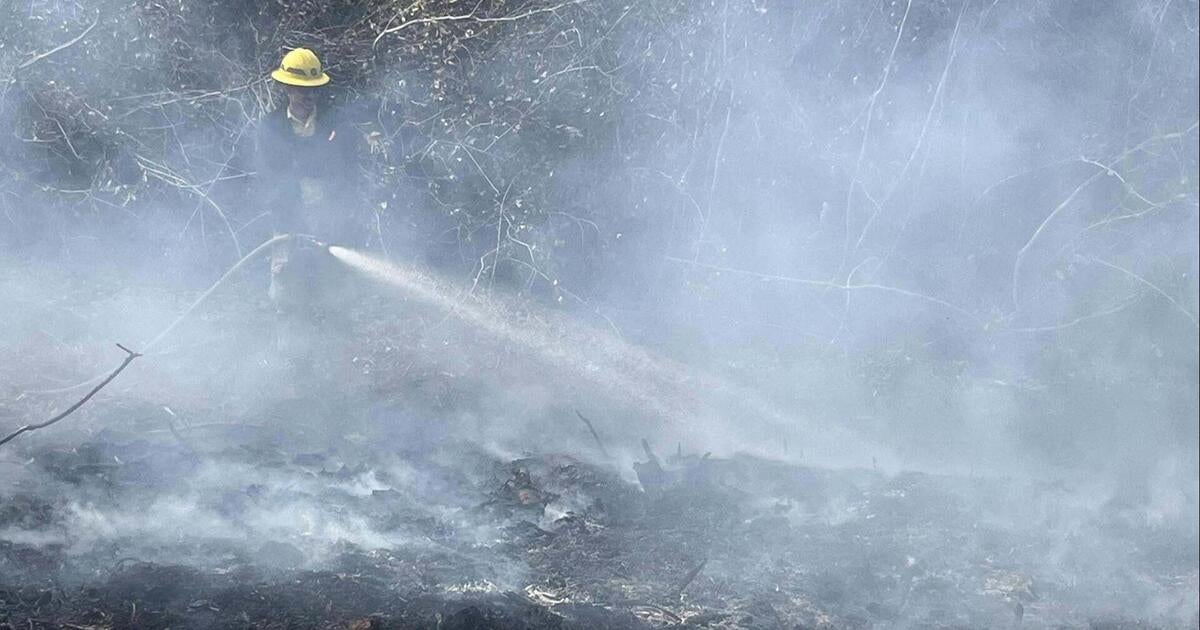Unraveling the Flames: Understanding the Carolina Wildfires
In recent months, the Carolinas have found themselves engulfed in a series of wildfires, sparking widespread concern among residents and environmentalists alike. These blazes, fueled by a combination of dry conditions, rising temperatures, and human activity, have not only threatened local communities but also brought to light critical discussions about climate change, land management, and emergency preparedness. In this article, we will explore the causes, impacts, and ongoing responses to these devastating wildfires, providing key insights on the Carolina wildfires.
Causes of the Carolina Wildfires
The wildfires in North and South Carolina are symptomatic of broader environmental issues. Several factors contribute to the ignition and spread of these fires:
- Climate Conditions: The region has experienced an increase in temperatures and prolonged drought conditions. These factors create an ideal environment for wildfires to ignite and spread. According to the National Interagency Fire Center, the average temperature in the Carolinas has risen by 1.5 degrees Fahrenheit over the past century, significantly impacting local ecosystems.
- Human Activity: Many wildfires are sparked by human actions, whether intentional or accidental. Campfires left unattended, discarded cigarettes, and arson are all common causes. In some cases, the expansion of urban areas into wildland-urban interfaces increases the likelihood of fire incidents.
- Natural Factors: Lightning strikes and other natural occurrences can also ignite wildfires. In the Carolinas, thunderstorms can create conditions conducive to wildfires, particularly in the summer months when vegetation is dry.
The Role of Land Management
Land management practices play a crucial role in either mitigating or exacerbating wildfire risks. Poorly managed forests, overgrown brush, and lack of controlled burns to reduce fuel load can lead to intense wildfire events. In the Carolinas, land management strategies have been evolving to address these challenges:
- Controlled Burns: These are strategically planned fires intended to reduce excess vegetation that could fuel larger wildfires. They help maintain the health of ecosystems and can prevent more catastrophic fires from occurring.
- Community Engagement: Local governments and organizations are increasingly involving communities in wildfire preparedness. Education on fire safety and proper land management techniques is essential for residents living in fire-prone areas.
Impacts of the Wildfires
The impacts of the Carolina wildfires are far-reaching, affecting not only the environment but also the economy and public health:
- Environmental Damage: Wildlife habitats are destroyed, and air quality deteriorates due to smoke and ash. The loss of flora and fauna can lead to long-term ecological consequences.
- Economic Costs: The financial burden of firefighting efforts, property damage, and loss of tourism can be significant. The North Carolina Forest Service reported that firefighting costs can escalate rapidly, often running into millions of dollars.
- Health Risks: Smoke from wildfires poses serious health risks, particularly for vulnerable populations, including children and the elderly. Respiratory problems can increase, leading to hospital visits and long-term health complications.
Community Resilience and Response Efforts
In the face of such challenges, communities in the Carolinas are taking proactive measures to enhance their resilience against wildfires:
- Preparedness Plans: Local governments are developing and implementing wildfire preparedness plans that include evacuation routes, communication strategies, and resource allocation for firefighting efforts.
- Public Awareness Campaigns: Educating the public about fire safety and encouraging responsible behavior, such as proper disposal of flammable materials, is key to preventing wildfires.
- Collaboration with Experts: Communities are partnering with federal agencies, like the U.S. Forest Service, to utilize scientific research and expertise in developing effective fire management strategies.
Looking Forward: The Future of Wildfire Management in the Carolinas
As climate change continues to influence weather patterns and environmental conditions, the frequency and intensity of wildfires are likely to increase. The Carolinas must adapt to these changes through innovative approaches to wildfire management:
- Adopting Technology: Utilizing drone technology for surveillance and mapping can help monitor fire-prone areas and improve response times during fire outbreaks.
- Investing in Research: Ongoing research into climate adaptation strategies is essential. Understanding how ecosystems respond to fire will help in developing better management practices.
- Policy Changes: State and local governments may need to revisit policies related to land use, forest management, and emergency response to better prepare for and mitigate wildfires.
Community Engagement and Education
Empowering communities through education and involvement will be crucial in the fight against wildfires. Initiatives that foster community engagement can make a significant difference:
- Firewise Communities: Programs that promote fire-resistant landscaping and building materials can reduce the risk of property loss.
- Volunteer Firefighting Programs: Local volunteers can be trained to assist in firefighting efforts, providing additional resources during emergencies.
Conclusion: A Call to Action
The wildfires in North and South Carolina serve as a stark reminder of the urgent need for comprehensive wildfire management strategies. As we unravel the flames of these catastrophic events, it becomes evident that a multifaceted approach, combining community engagement, effective land management, and policy reform, is essential. By fostering resilience and preparedness, the Carolinas can face the challenges of wildfires head-on, ensuring a safer environment for future generations.
In conclusion, while the flames may pose a significant threat, they also present an opportunity for growth, learning, and collaboration among communities. Together, through informed action and shared responsibility, we can protect our homes, our health, and our natural landscapes from the devastating impacts of wildfires.
See more Your Daily Weather



